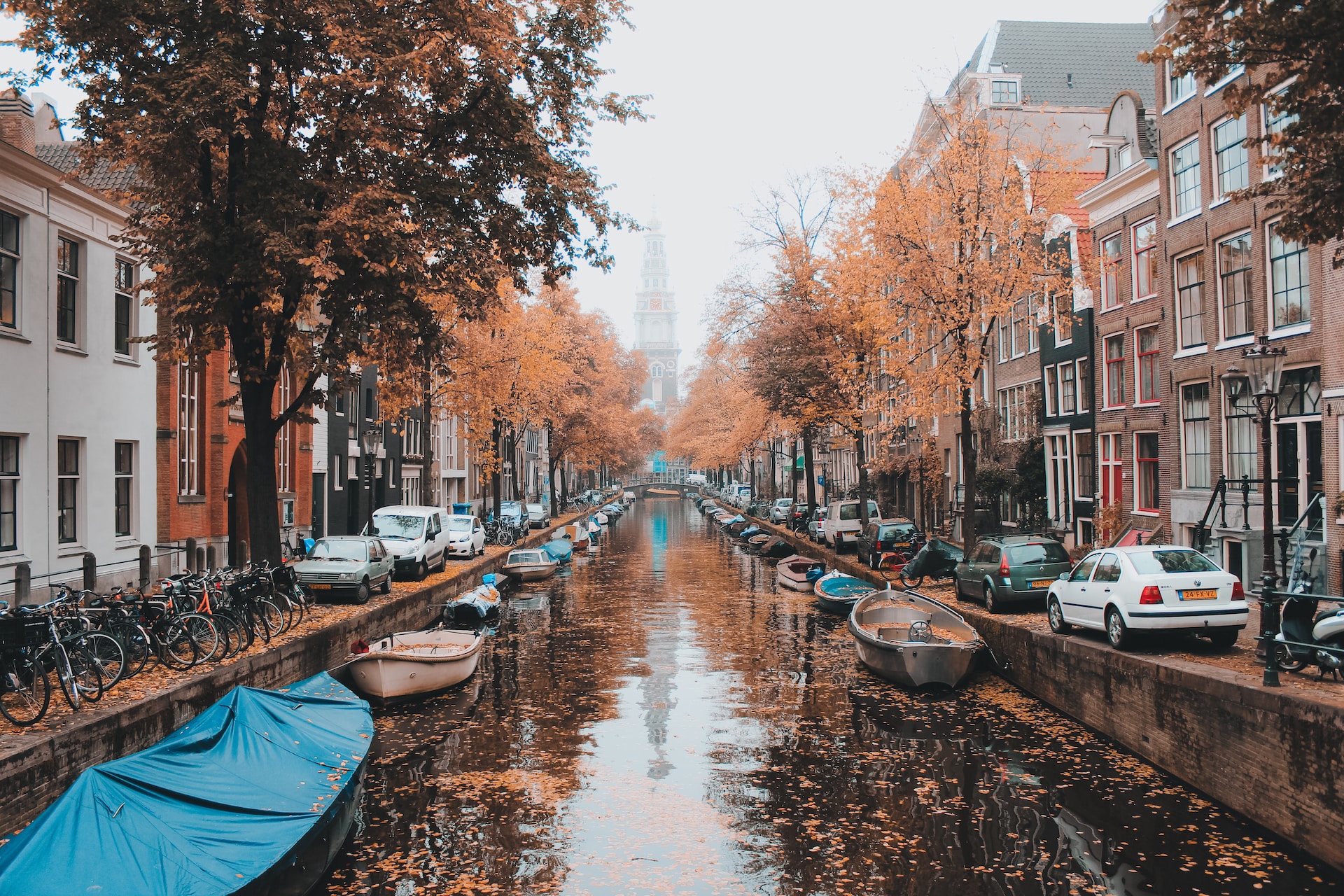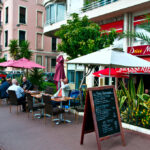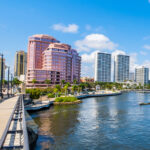Nestled in the heart of Northwestern Europe, the Netherlands is more than just tulips, windmills, and wooden shoes. With its rich history, progressive societal values, and iconic landscapes, this small yet vibrant country offers a fascinating blend of tradition and modernity.
A Brief History
The story of the Netherlands is a tale of resilience and innovation. Originating as a series of medieval fiefdoms and duchies, it emerged in the 16th and 17th centuries as a major naval and colonial power. The Dutch Golden Age marked a period of unprecedented wealth, global trade, and artistic production, with luminaries such as Rembrandt and Vermeer leaving an indelible mark on the world of art.
However, the Dutch are not just known for their historical prowess. Their ongoing battle against the sea – almost a third of the country lies below sea level – led to the creation of the intricate system of dykes, canals, and pumps. These not only kept the waters at bay but also allowed for the reclamation of land, a testament to Dutch ingenuity and determination.
A Cultural Melting Pot
Dutch culture is both deeply rooted in its history and forward-looking. This is a nation proud of its traditions, from the festive King’s Day celebrations, where streets are awash in a sea of orange, to the serene Sinterklaas processions in December.
At the same time, the Netherlands is also a hub of innovation. Cities like Amsterdam, Rotterdam, and Eindhoven are bustling centers of technology, design, and creative industries. The Dutch have been pioneers in various fields, from sustainable architecture to cutting-edge urban planning, and their open-minded approach to societal issues, from LGBTQ rights to drug policies, has often placed them ahead of the curve globally.
This progressive mindset also translates to the country’s approach to multiculturalism. With a rich history of trade and exploration, the Dutch have always been connected to various parts of the world. Today, their cities are cosmopolitan havens, where diverse communities coexist and contribute to the nation’s vibrant cultural fabric.
Natural Beauty and Landscapes
While it may lack towering mountains or vast deserts, the Netherlands possesses a subtle and unique natural beauty. Its flat landscapes make it ideal for cycling, a national pastime, and it’s not uncommon to see locals biking through fields of brilliantly colored tulips, past historic windmills, or along the scenic canals that crisscross the countryside.
The Wadden Sea, a UNESCO World Heritage site, is another natural marvel. This intertidal zone spans the coastlines of the northern Netherlands, Germany, and Denmark, and hosts a rich biodiversity, including seals, migratory birds, and unique marine life. During low tide, one can even walk (or “wad”) across the mudflats, a popular activity among locals and tourists alike.
Innovative Architecture and Urban Design
Modern Dutch architecture and urban planning are areas where the country truly shines. From the cube houses of Rotterdam to the sustainable floating neighborhoods of Amsterdam, the Dutch approach to design often marries functionality with aesthetics.
Eindhoven, often dubbed the “Silicon Valley of Europe”, is home to a burgeoning tech scene and the renowned Design Academy. Here, the former Philips factory has been transformed into Strijp-S, a buzzing district of startups, studios, and eateries.
Meanwhile, in Amsterdam, urban renewal projects have transformed former industrial areas into thriving residential and cultural zones. The city’s North district, once an overlooked part of the capital, is now a hub of creativity, with the EYE Film Museum and the A’DAM Tower offering panoramic views of the city.
Education and Innovation
The Dutch are known for their high standard of education. Universities such as the University of Amsterdam, Delft University of Technology, and Wageningen University are renowned globally for their research and innovative approaches to learning. This emphasis on education is a driving factor behind the country’s continued success in sectors ranging from agriculture and water management to technology and renewable energy.
The Netherlands, while small in size, is vast in its offerings. It’s a country that respects its past while eagerly looking to the future. Whether one is captivated by its art, inspired by its innovative spirit, or enamored by its natural beauty, the Netherlands is a testament to the idea that size isn’t everything. In its compactness lies a world of experiences waiting to be discovered.
Dutch Cuisine: A Taste of Heritage
While often overshadowed by its European neighbors, Dutch cuisine offers a comforting and flavorful journey. Traditional dishes such as “stamppot” (mashed potatoes mixed with vegetables), “bitterballen” (deep-fried meatballs), and “haring” (raw herring fish served with onions and pickles) are staples that provide insight into the nation’s history and its maritime heritage.
Cheese aficionados will find solace in the cheese markets of towns like Gouda and Edam, while those with a sweet tooth can relish in “stroopwafels” – thin waffles filled with a syrupy caramel. For the adventurous, there’s the seasonal treat “oliebollen”, deep-fried dough balls dusted with powdered sugar, commonly consumed during New Year’s celebrations.
The Influence of Art and Music
Beyond the famous masterpieces of the Golden Age, the Netherlands has a rich tapestry of artistic heritage. Van Gogh, born in the Dutch town of Zundert, left a legacy that extends far beyond the sunflower paintings. Museums dedicated to his life and work can be found throughout the country, most notably the Van Gogh Museum in Amsterdam.
In the realm of music, the Dutch have made significant contributions to various genres, from classical to electronic dance music. Composers like Jan Pieterszoon Sweelinck laid the groundwork for Baroque music, while contemporary DJs like Armin van Buuren, Tiësto, and Martin Garrix have put the Netherlands on the global EDM map.
Sustainability: A Dutch Paradigm
In the face of climate change, the Netherlands stands as a beacon of sustainable practices. Their intricate water management systems, born out of necessity, have become a model for countries worldwide. Solar and wind energy are rapidly expanding sectors, with the Dutch government aiming for a substantial reduction in greenhouse gas emissions in the coming decades.
Urban agriculture, especially in cities like Rotterdam, is also gaining traction. “DakAkker”, for instance, is one of Europe’s largest rooftop farms, showcasing how urban spaces can be optimized for food production and biodiversity.
Sporting Nation
Ask anyone about sports in the Netherlands, and football (soccer) will inevitably dominate the conversation. The country has produced some of the world’s finest footballers, from Johan Cruyff to Arjen Robben, and the “Oranje” national team is a force to be reckoned with on the international stage.
However, football isn’t the only sport where the Dutch excel. Field hockey, speed skating, and cycling are also popular, with events like the Elfstedentocht, an ice-skating marathon across eleven cities, drawing national attention.
The Netherlands is a country of juxtapositions: old and new, land and water, tradition and innovation. Yet, it’s precisely these contrasts that make it such a captivating destination. For those who take the time to delve deeper, beyond the canals of Amsterdam and the iconic Keukenhof gardens, they’ll discover a nation that’s continually evolving, yet always rooted in its unique identity. From its bustling urban centers to its tranquil countryside, the Netherlands offers a myriad of experiences, each more enriching than the last.







